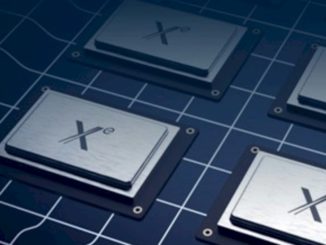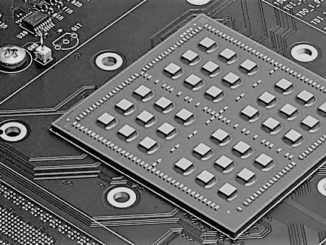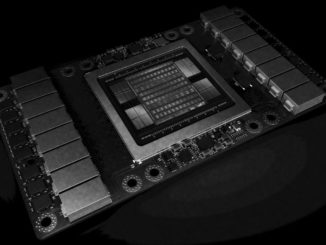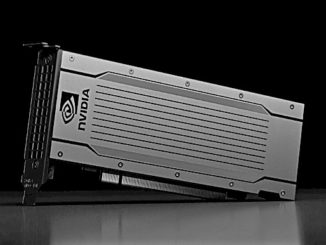
Talking System Architecture With AMD CTO Mark Papermaster
It is funny to think that in a certain light, AMD has Big Blue to thank for its resurgence in the datacenter. …

It is funny to think that in a certain light, AMD has Big Blue to thank for its resurgence in the datacenter. …

The days when the X86 processor could do just about every kind of processing in the datacenter are gone. …

It would be convenient for everyone – chip makers and those who are running machine learning workloads – if training and inference could be done on the same device. …

In July, VMware acquired Bitfusion, a company whose technology virtualizes compute accelerators with the goal of enabling modern workloads like artificial intelligence and data analytics to take full advantage of systems with GPUs or with FPGAs. …

The San Diego Supercomputing Center is overdue for a new supercomputer and thanks to a $10 million grant from the National Science Foundation, next year it will finally get one. …

If you were expecting Nvidia to start talking about its future “Ampere” or “Einstein” GPUs for Tesla accelerated computing soon just because AMD is getting ready to roll out “Navi” GPUs next year and Intel is working on its Xe GPU cards for delivery next year, too, you are going to have to wait a bit longer. …

Throughout the many different types of system architecture in the past six decades, one thing has always remained true: Hardware always gets ahead of software, and rather than be too annoyed about it, there is another thing that is also true. …

Creating the Tesla GPU compute platform has taken Nvidia the better part of a decade and a half, and it has culminated in a software stack comprised of various HPC and AI frameworks, the CUDA parallel programming environment, compilers from Nvidia’s PGI division and their OpenACC extensions as well as open source GCC compilers, and various other tools that together account for tens of millions of lines of code and tens of thousands of individual APIs. …

At this point in the history of the IT business, it is a foregone conclusion that accelerated computing, perhaps in a more diverse manner than many of us anticipated, is the future both in the datacenter and at the edge. …

VMware is not the first company that comes to mind when you think of GPU computing, but the company has quietly been developing technologies that enables performance-minded users to get the most out of these born-again vector processors. …
All Content Copyright The Next Platform